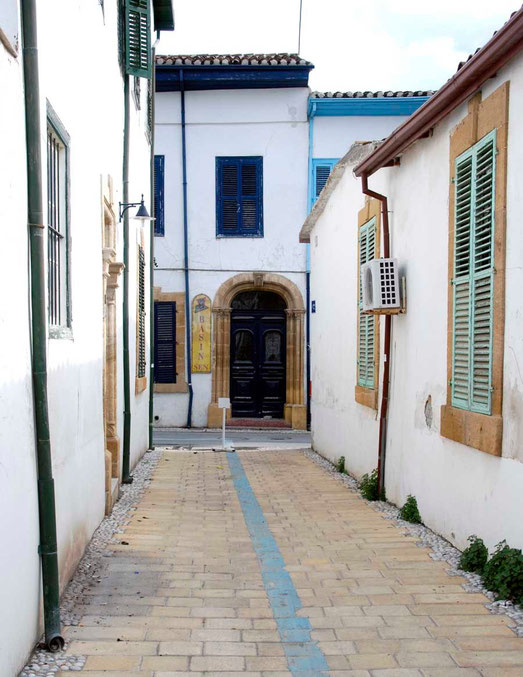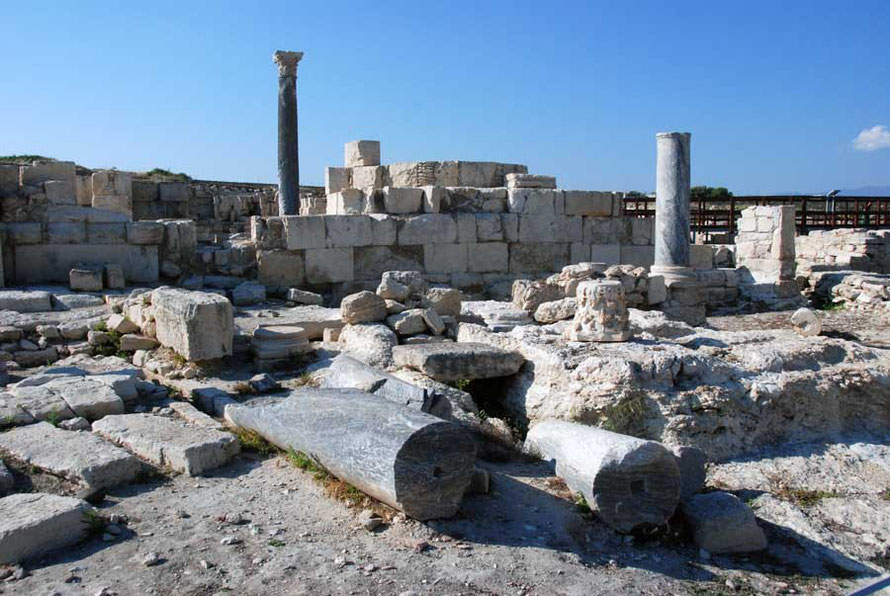Cyprus 2011-2013: Bronze Age to Bailout (100 pages)
Cyprus is the third largest island in the Mediterranean, after Sicily and Sardinia, with a population of about a million. It stands at the crossroads of the Eastern Mediterranean and although a member of the European Union since 2004 its closest neighbours are Turkey, Syria, Lebanon and Israel.
This little outpost of Europe is also a gateway to the Middle East. It stands in the sea lanes of Ancient and Modern History and bears the scars to prove it. Every Mediterranean empire has had a piece of her from the ancient Persians through the Egyptians, Phoenicians, Greeks, Venetians, Turks and finally the Brits.
Her vast copper resources, timber, corn, strategic position and wealth of history have acted like a magnet to the passing Great Powers over the last four millenia. Each has added its traces to an island people who have endured and yet remain distinctively Cypriot.
Riven by a bitter civil war that sprang out of old enmities and the the worst machinations of the Cold war the island is still horribly divided. Despite this it has experienced rapid growth in the south and presents itself as vigourously prosperous. Whether this can continue in the era of Euro-crisis is a moot point.
An island formed from the ancient sea floor Cyprus has never been part of mainland Europe and has a distinctive and endemic flora and fauna. Unchecked development threatens these natural assets but they remain for now in their beauty and fascination.

Blessed with year-round sun its two mountain ranges provide some escape from the seering summer heat and catch what passing water there is from an increasingly fickle climate. The 'Green Isle' of old retains much of its forest and wilderness while its coast threatens to sink under a million tons of concrete. But even here there are still places of beauty to be found.
Occupied by the Turkish army, held apart by United Nations peace-keeping forces, in hock to Russia, massively exposed to Greek debt and facing chronic water shortages Cyprus surely confronts some powerful challenges.
As such it is much more than a microcosm of the dilemmas facing Europe. But it also speaks to issues we all know and to dreams of a Mediterranean island life that endure still.
The notes and photographs collected here are my personal record of four visits to the Cyprus in 2011-13. They make no pretense at comprehensiveness and I hope to add further to them in the future.
This account of my travels in Cyprus and reflections on the island's many different aspects is personal and independent.
In following and writing about the EU/IMF/ECB 'bailout' of the economy of the Republic of Cyprus I have added a huge amount of material. This is all put in the section 'Bailout and
Beyond'.
Navigation: since updating my web template I have put in new bottom page links to aid the slightly cumbersome dropdown menu under 'Cyprus' above.
For the Bailout and Beyond go here;
For papers on Laiki Bank and what I have called the Icarus Economy go here;
For Critical Issues go here;
Go here for Notes on History and Historical sites;
Here for Travels along the Green Line;
Here for Mountains I-VII, Coasts I-X, and Interiors I-II;
And here for Towns and Villages.
And here for aerial views of Cyprus and the journey to and from the UK.




